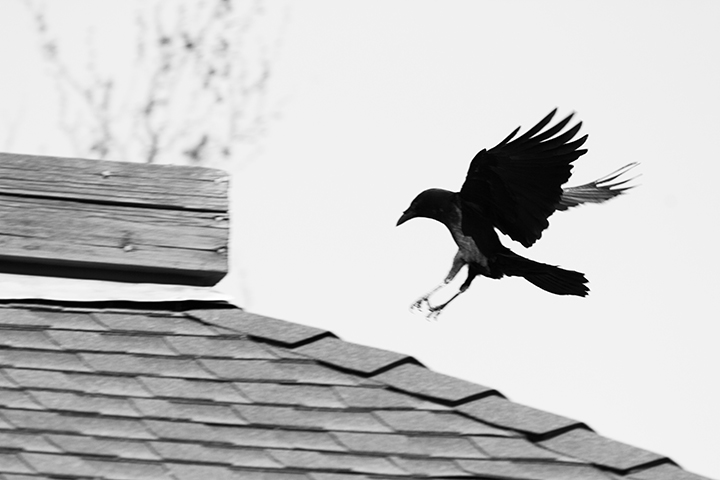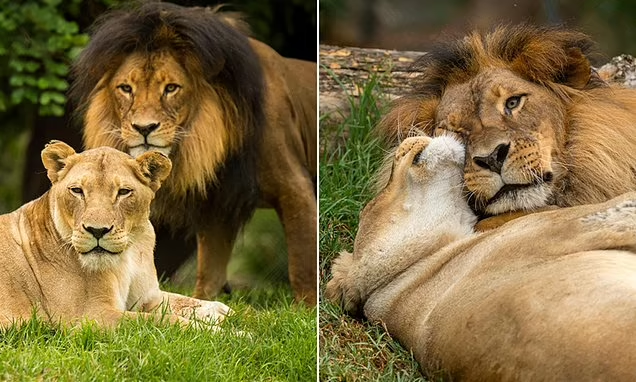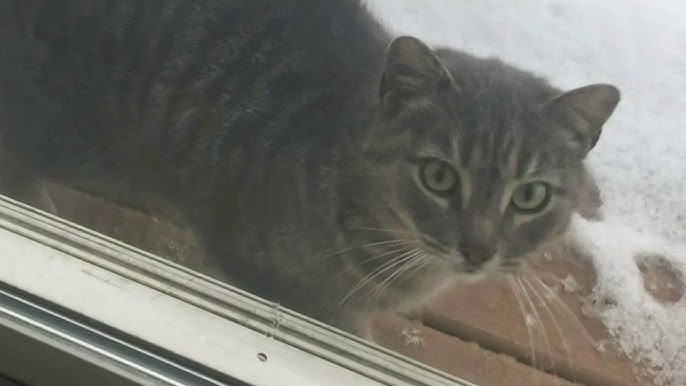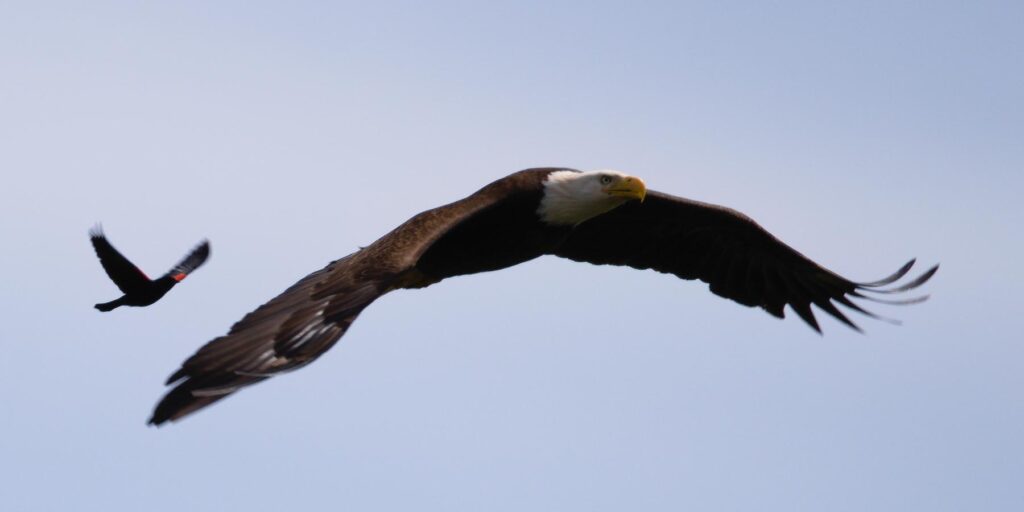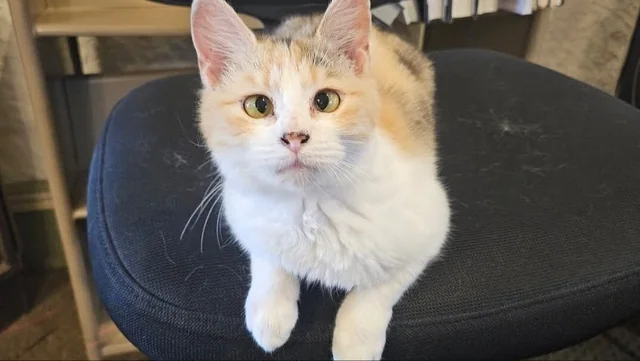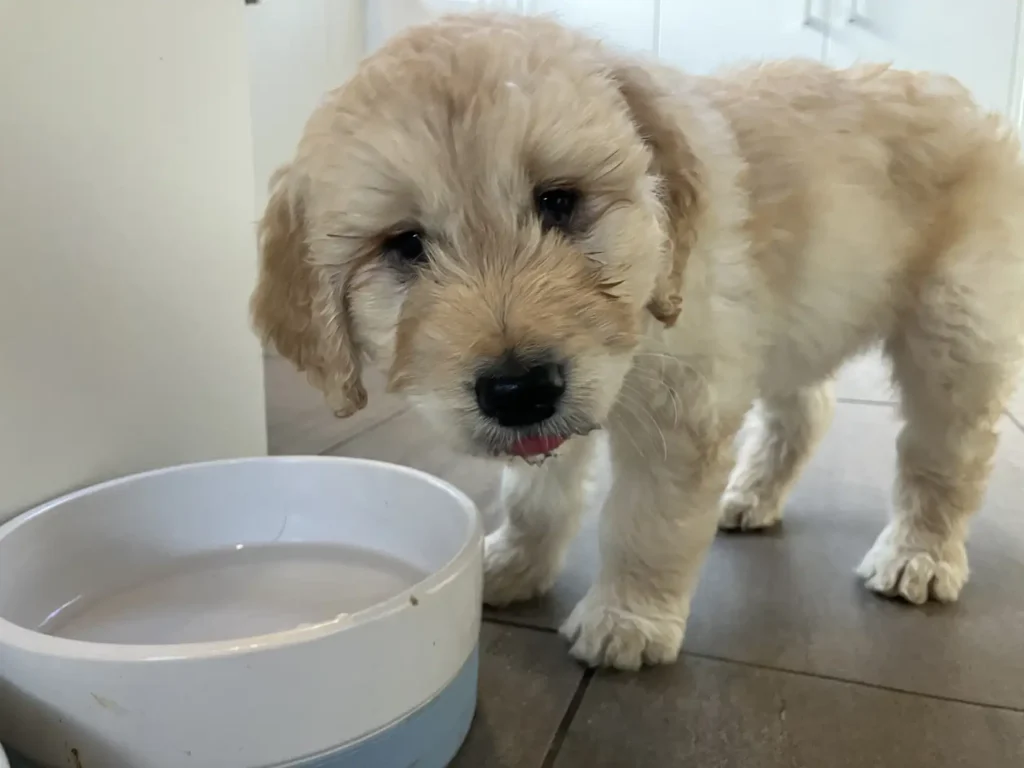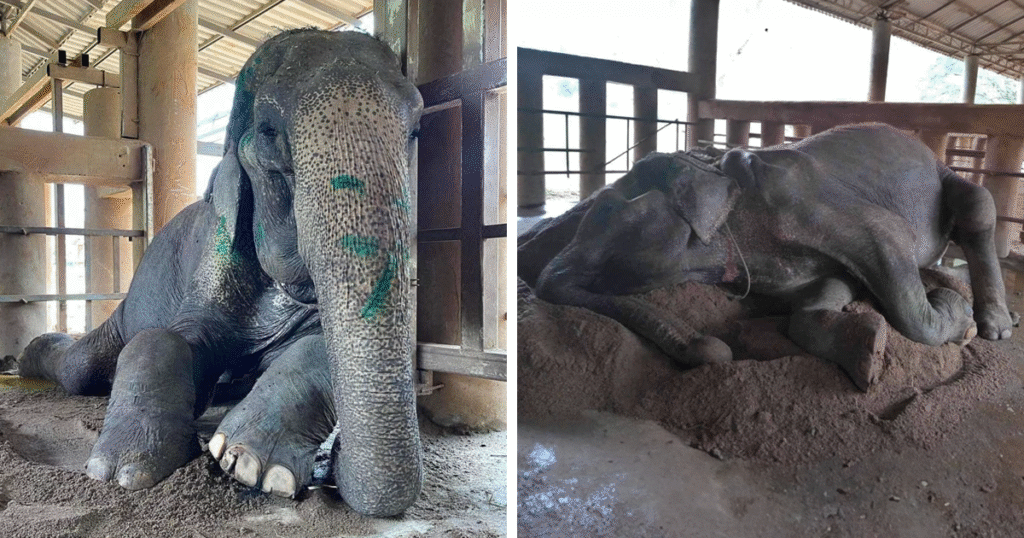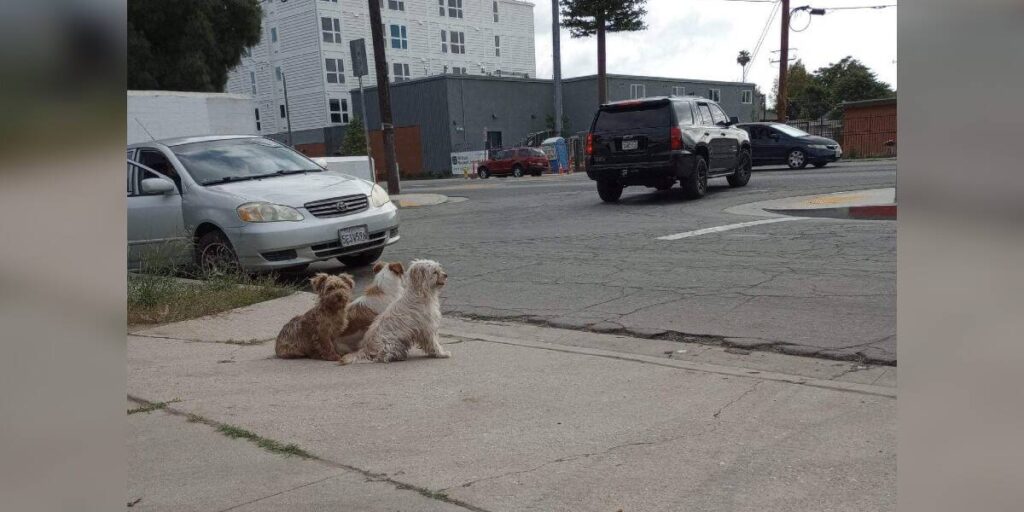A Crow Trapped on a Rooftop Antenna Finds Freedom — Thanks to a Race Against Time
A Disturbing Sight on a Summer Afternoon One quiet summer afternoon in Swansea, Wales, a homeowner happened to glance up at their rooftop television antenna and noticed something unusual. At first, it looked like just another crow resting on the metal pole, wings shifting slightly in the breeze. But within seconds, it became clear that something was very wrong. Instead of perching freely, the bird appeared to be struggling. His movements were frantic and jerky, not the graceful shifts of balance that crows usually make when standing high above the ground. The homeowner soon realized the poor bird wasn’t simply resting — he was stuck. The crow’s leg had become tangled in a discarded plastic bag that had snagged on the antenna. Every time the frightened bird tried to free himself, the bag only pulled tighter, leaving him more trapped than before. Alarmed, the homeowner quickly reached out for help. That call set in motion a rescue mission that would soon bring together animal welfare officers, firefighters, and a determined crow fighting for his life. The Urgent Rescue Mission The Royal Society for the Prevention of Cruelty to Animals (RSPCA) responded quickly, sending experienced animal rescue officer Ellie West to the scene. Recognizing the situation’s seriousness, the Mid and West Wales Fire and Rescue Service (MAWW) also joined the effort. “This crow was completely ensnared, and his panic was obvious,” West later explained. “Each attempt to struggle free only worsened the entanglement. It was heartbreaking to see.” The rescuers immediately recognized that they had no time to waste. A trapped bird not only risks injury but can also die from stress, dehydration, or exhaustion if left too long. The crow’s life was hanging in the balance. Because the bird was stranded on a second-story antenna, the fire crew brought in specialized lifting equipment to reach him safely. As the platform rose toward the rooftop, the crow flapped wildly, clearly terrified by both his predicament and the sight of humans closing in. But soon, gentle hands freed his leg from the suffocating grip of plastic, and he was carefully lowered back to the ground. For the first time in hours, the crow could breathe and move freely. The rescue team had given him a second chance. Healing, Hope, and a Lesson About Plastic Waste Back at the rescue center, Ellie West examined the young bird thoroughly. His left leg bore a raw wound from the plastic’s tight grip, but fortunately, it wasn’t life-threatening. The crow was active, alert, and in otherwise good condition — proof of his strength and resilience. “He was lucky,” West explained. “After bandaging his leg and giving him fluids, you could see him perk up almost immediately. By the next day, the wound was already healing, and during his test flight, he proved he could still soar just fine.” But while this one bird’s story ended in triumph, West emphasized the larger issue behind his ordeal: plastic waste. Too many animals — especially birds — are being trapped, injured, or killed because of discarded plastic bags, netting, or other litter. “Plastic is everywhere, and we’re seeing the consequences in the wild far too often,” she said. “Every bag, every bit of waste that’s left behind has the potential to harm an animal. If we want to keep our communities thriving with wildlife, we all need to do our part — cut down on single-use plastics and dispose of rubbish properly.” The crow’s painful experience serves as a reminder that even small choices humans make can ripple out into the lives of animals trying to survive in shared environments. A Joyful Reunion in the Sky Once the crow had fully recovered, the time came to release him back into the wild. West carried the bird carefully to the same area where he’d been rescued, ready to give him back his freedom. When the crow spread his wings and lifted into the sky, the moment was already moving enough. But what happened next made it unforgettable. As he circled above, two larger crows swooped down to meet him — his parents. They had been nearby the day of the rescue, distressed by his cries, and now they were back. The three birds quickly fell into formation, flying together with ease. For West and the rescue team, watching the family reunite was the perfect ending to a tense and emotional journey. “He wasn’t just any crow,” West reflected. “He was a young one who had only just left the nest. To see him fly again and immediately rejoin his parents was truly wonderful.” The sight of the three crows disappearing together into the blue sky carried with it not just relief but also a sense of hope — hope that people will take small steps to protect animals from avoidable suffering, and hope that every creature, no matter how common, deserves compassion and a chance to live freely. This crow’s dramatic rescue highlights something profound: the interconnectedness of human actions and animal lives. What to us may seem like a discarded piece of trash can become a life-threatening trap for a bird, a fox, or even a marine animal. The Swansea crow’s ordeal ended happily — with his wounds healed, his wings stretched wide, and his parents at his side. But countless other animals are not as lucky. His story serves as a gentle yet urgent call to action: to use less plastic, to dispose of waste responsibly, and to remember that wildlife depends on us to care. Thanks to quick-thinking neighbors, compassionate rescuers, and a community that values life, one young crow got the chance to fly again. And in that flight, there’s a lesson we all can carry forward — that even small acts of kindness and responsibility can give struggling animals the second chance they deserve.
A Crow Trapped on a Rooftop Antenna Finds Freedom — Thanks to a Race Against Time Read More »

